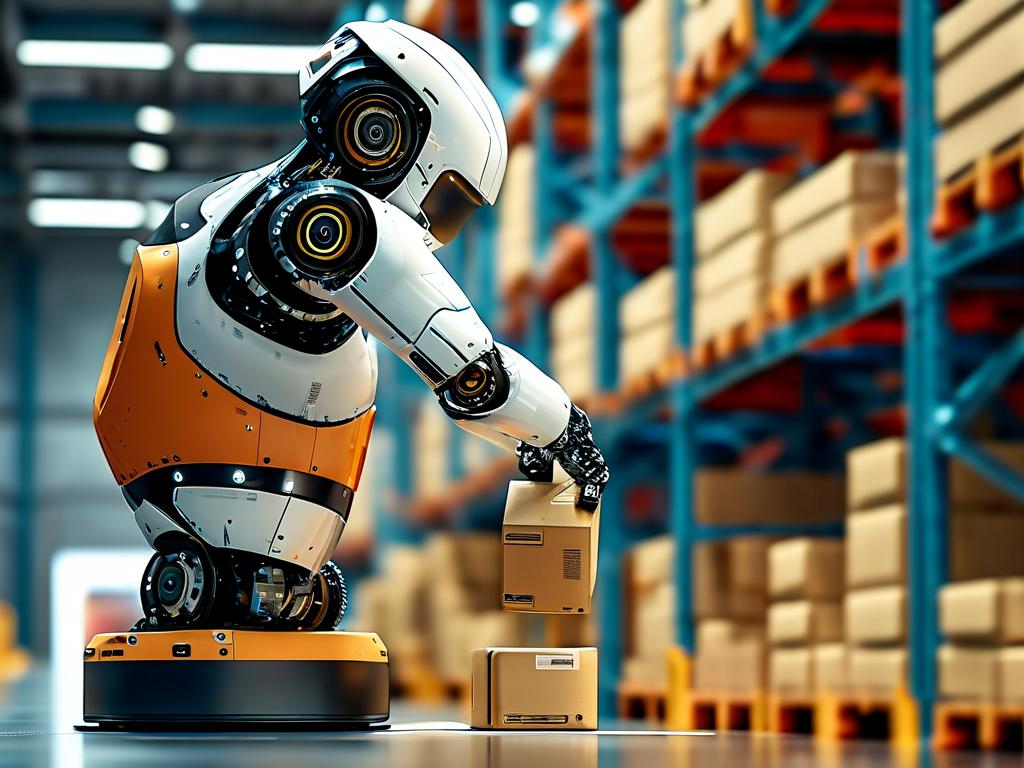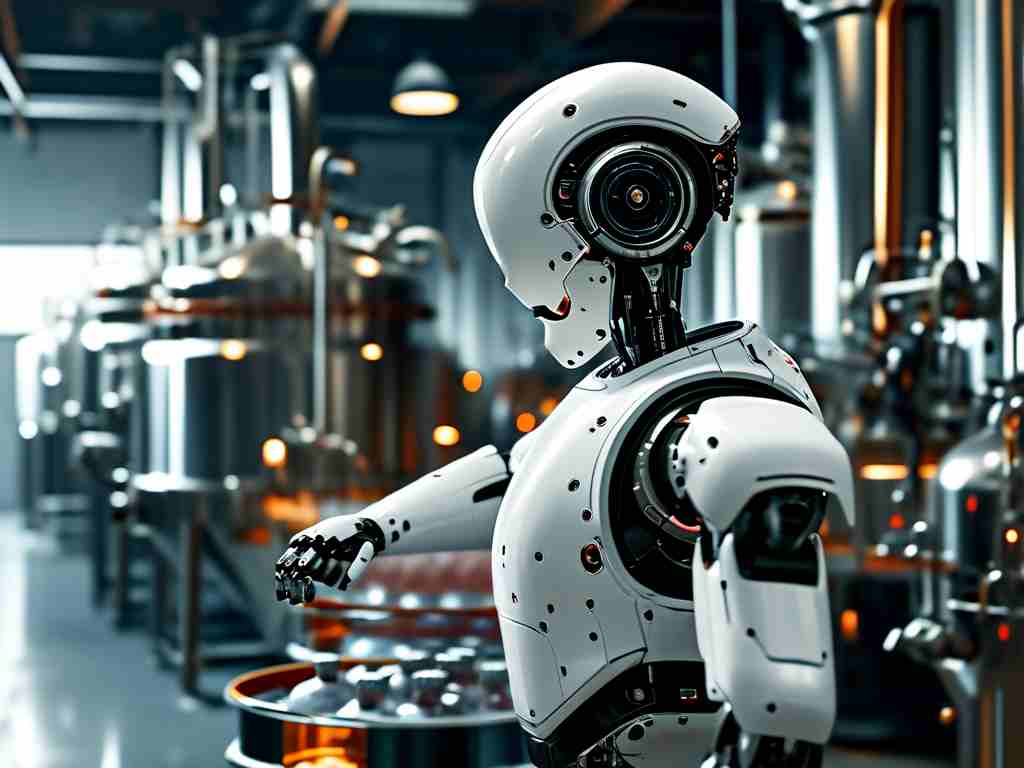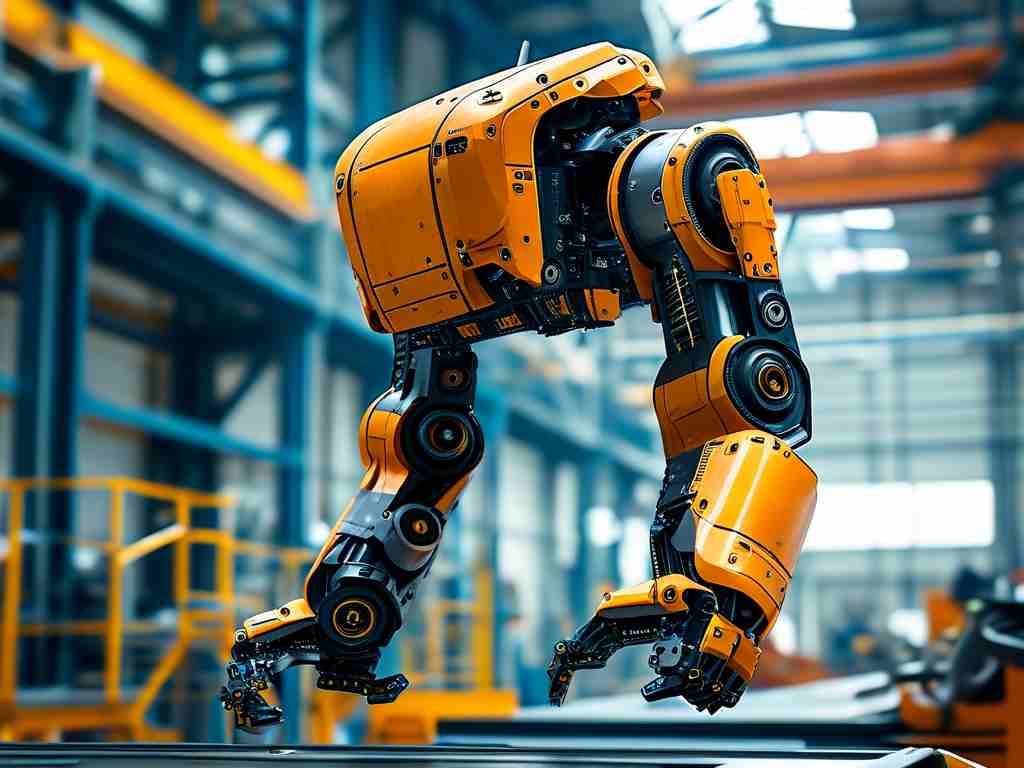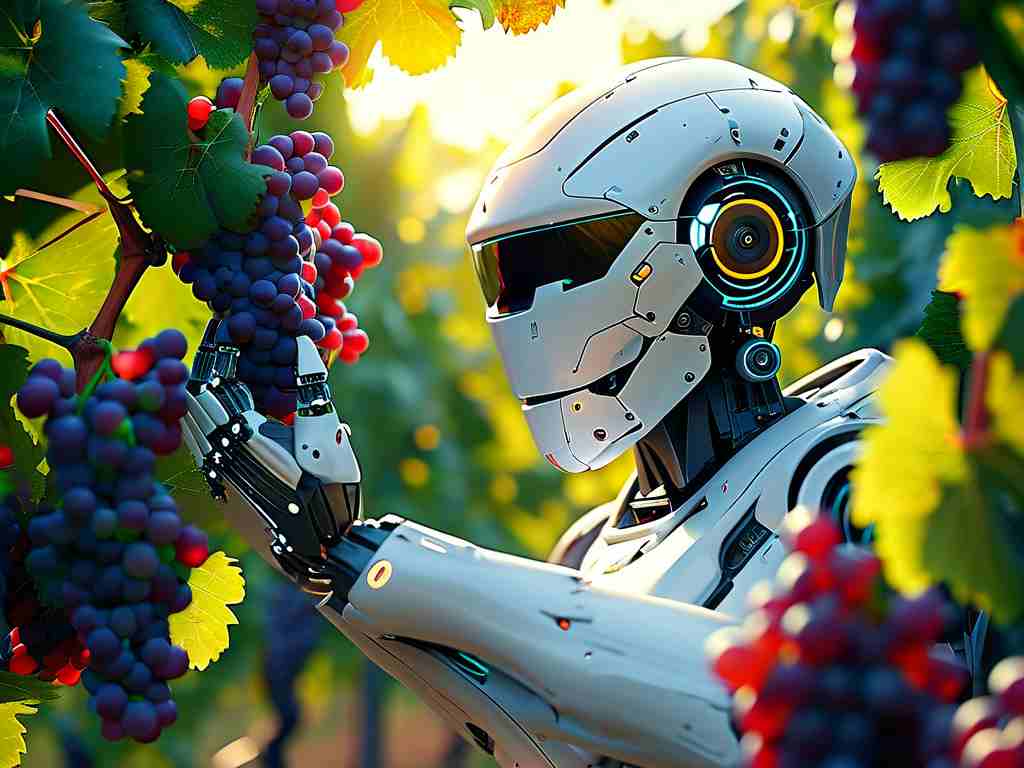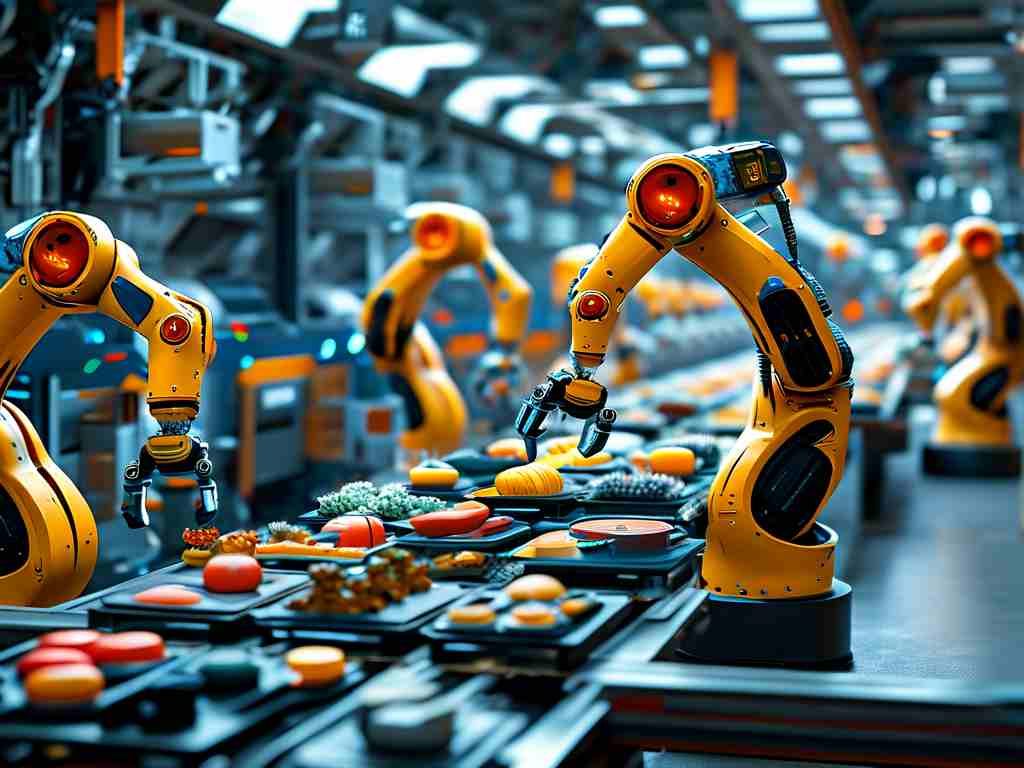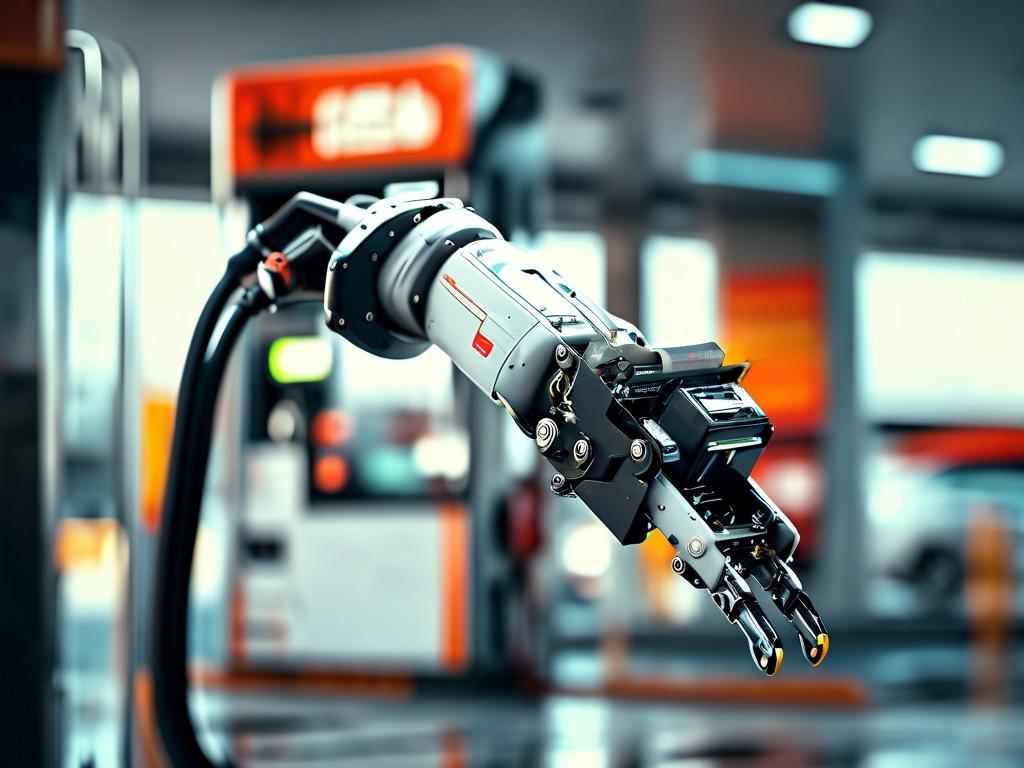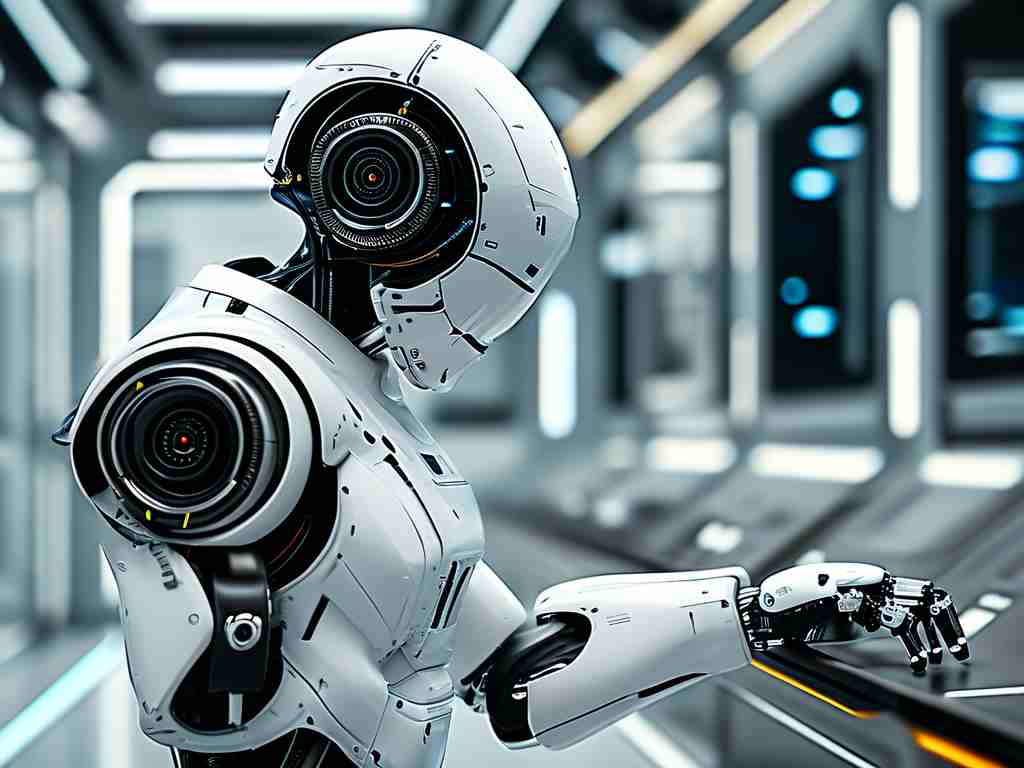Pudu Robotics has emerged as a leading innovator in the service robotics industry, particularly renowned for its advanced technical parameters that enhance efficiency in various sectors. Founded in China, the company specializes in developing autonomous robots for applications such as food delivery, cleaning, and hospitality. This article delves into the core technical specifications of Pudu robots, highlighting how these features drive real-world performance while ensuring reliability and adaptability.
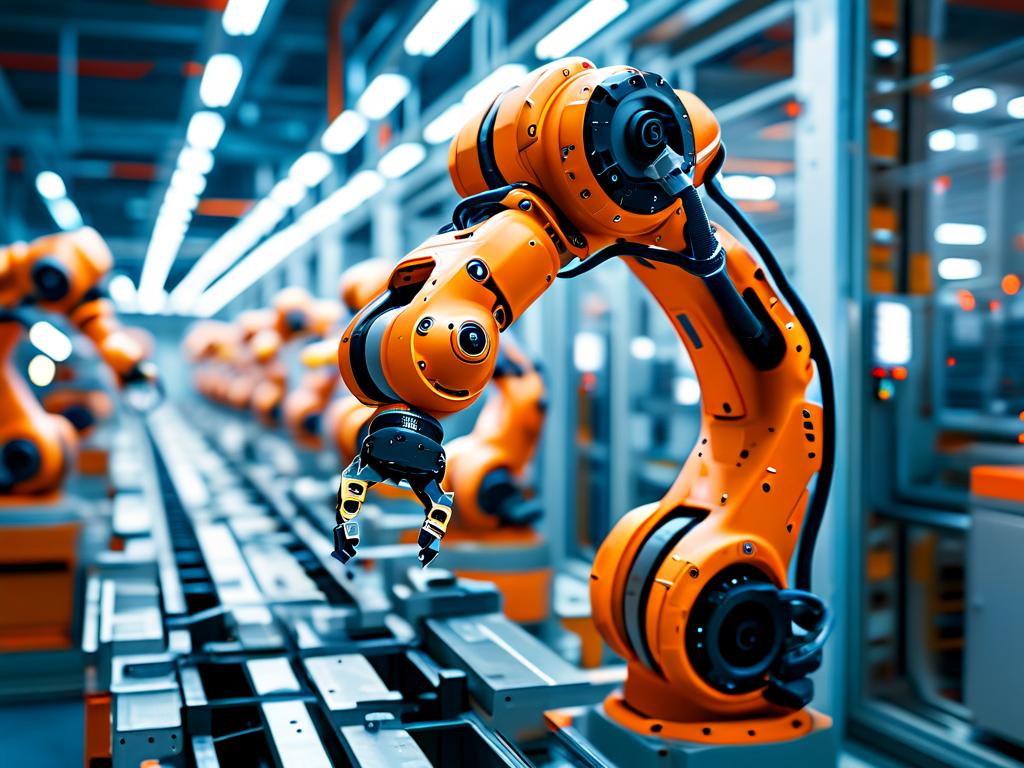
One of the standout aspects of Pudu Robotics' offerings is their meticulous attention to sensor technology. For instance, many models incorporate a combination of LiDAR (Light Detection and Ranging) sensors, high-definition cameras, and ultrasonic detectors. These components work synergistically to enable precise environment mapping and obstacle avoidance. LiDAR sensors typically offer a scanning range of up to 12 meters with a 270-degree field of view, allowing robots to navigate complex indoor spaces like crowded restaurants or hospital corridors without collisions. The cameras support real-time image processing, which aids in object recognition and path planning, while ultrasonic sensors provide additional safety layers by detecting close-range obstacles. This integration ensures smooth operation even in dynamic settings, reducing human intervention and minimizing errors.
Battery performance is another critical parameter that defines Pudu robots' usability. Most units are equipped with high-capacity lithium-ion batteries that deliver an impressive runtime of 8 to 12 hours on a single charge, depending on the model and workload. Charging times are optimized to under 2 hours, thanks to fast-charging technology, which allows for minimal downtime in high-demand environments. The energy efficiency is further enhanced by smart power management systems that regulate consumption based on task intensity. For example, during idle periods, the robots enter a low-power mode to conserve energy, extending their operational lifespan. This focus on battery longevity not only supports continuous service but also contributes to sustainability goals by reducing frequent replacements.
Navigation capabilities form the backbone of Pudu robots' autonomy, leveraging advanced algorithms like SLAM (Simultaneous Localization and Mapping). These systems enable robots to build and update maps of their surroundings in real-time, facilitating accurate localization without relying on external infrastructure. The navigation precision is often within centimeters, ensuring robots can traverse narrow aisles or crowded areas with ease. Additionally, cloud-based platforms allow for remote monitoring and updates, where operators can adjust routes or schedules via a user-friendly interface. This adaptability is crucial for industries with evolving layouts, such as retail stores or event venues, where robots must quickly reconfigure paths to avoid disruptions.
Payload capacity and structural design are equally vital parameters that influence the robots' versatility. Pudu models typically support payloads ranging from 5 to 20 kilograms, making them suitable for transporting items like meals, medical supplies, or cleaning equipment. The chassis is constructed from lightweight yet durable materials like aluminum alloy, which enhances mobility while withstanding daily wear and tear. Dimensions vary by model, but common specs include a height of around 1 meter and a width of 50 centimeters, allowing for seamless integration into human-centric spaces without causing obstructions. Speed parameters are optimized for safety and efficiency, with top speeds capped at 1.5 meters per second to prevent accidents in shared environments. This balance ensures that the robots can handle repetitive tasks swiftly while maintaining a low risk profile.
In practical applications, these technical parameters translate into tangible benefits across multiple industries. In the hospitality sector, Pudu robots streamline food delivery by autonomously navigating dining areas, reducing wait times and labor costs. For instance, in busy restaurants, they can serve multiple tables simultaneously, with sensors ensuring dishes remain stable during transit. In healthcare settings, the robots assist with logistics, such as ferrying medications between wards, leveraging their precise navigation to avoid sensitive areas. Cleaning robots, equipped with similar specs, efficiently manage floor maintenance using brushes and suction systems, adapting to different surfaces based on sensor feedback. These use cases demonstrate how Pudu's tech specs enhance operational efficiency, with studies showing up to 30% reductions in manual labor requirements.
Looking ahead, Pudu Robotics continues to refine its technical parameters through ongoing R&D, focusing on AI-driven enhancements like predictive maintenance and adaptive learning. Future iterations may feature improved battery technologies for even longer runtimes or advanced sensors for better interaction in unpredictable scenarios. As the demand for automation grows, these innovations will play a pivotal role in expanding robotics into new domains, from warehouses to smart cities. Ultimately, Pudu's commitment to robust technical specifications underscores its position as a trailblazer, driving the evolution of service robotics toward greater intelligence and reliability.


